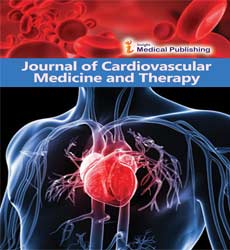Quality risk management in pharmaceutical industry
Abstract
Recently the application of Quality Risk Management (QRM) in the pharmaceutical industry has evolved and become a mandatory regulatory requirement. QRM is a continuous process of minimizing risks to product quality throughout its life cycle in order to optimize a product’s benefits and outweigh the risks. It is a systematic process for the assessment, control, and review of risks to the quality of the pharmaceutical product. ‘Risk’ is defined as the combination of the probability of occurrence of harm and the severity of that harm. ICH Q9 Guideline, Quality Risk Management illustrates core principles and tools of quality risk management to aid in efficacious and persistent risk-based decisions to both the industries viz. Regulatory and Pharmaceutical in regard to the quality of the drug substance as well as drug product from the patient’s perspective. A few examples of QRM systems that require practical decision-making are Validation, Documentation, Training, Inspection etc. Risk ranking and filtering is one of the widely used basic tools to identify and categorize the potential threat and risk is ranked using risk descriptors such as high, medium or low. Further, a risk score can also be used to define risk descriptors in risk ranking. Usually, an initial risk assessment analysis is conducted followed by final risk assessment analysis to either confirm the low risk or confirm the reduced risk. In conclusion, effective QRM system can facilitate better risk identification and subsequent risk control to improve scientific decisions.
Open Access Journals
- Aquaculture & Veterinary Science
- Chemistry & Chemical Sciences
- Clinical Sciences
- Engineering
- General Science
- Genetics & Molecular Biology
- Health Care & Nursing
- Immunology & Microbiology
- Materials Science
- Mathematics & Physics
- Medical Sciences
- Neurology & Psychiatry
- Oncology & Cancer Science
- Pharmaceutical Sciences
